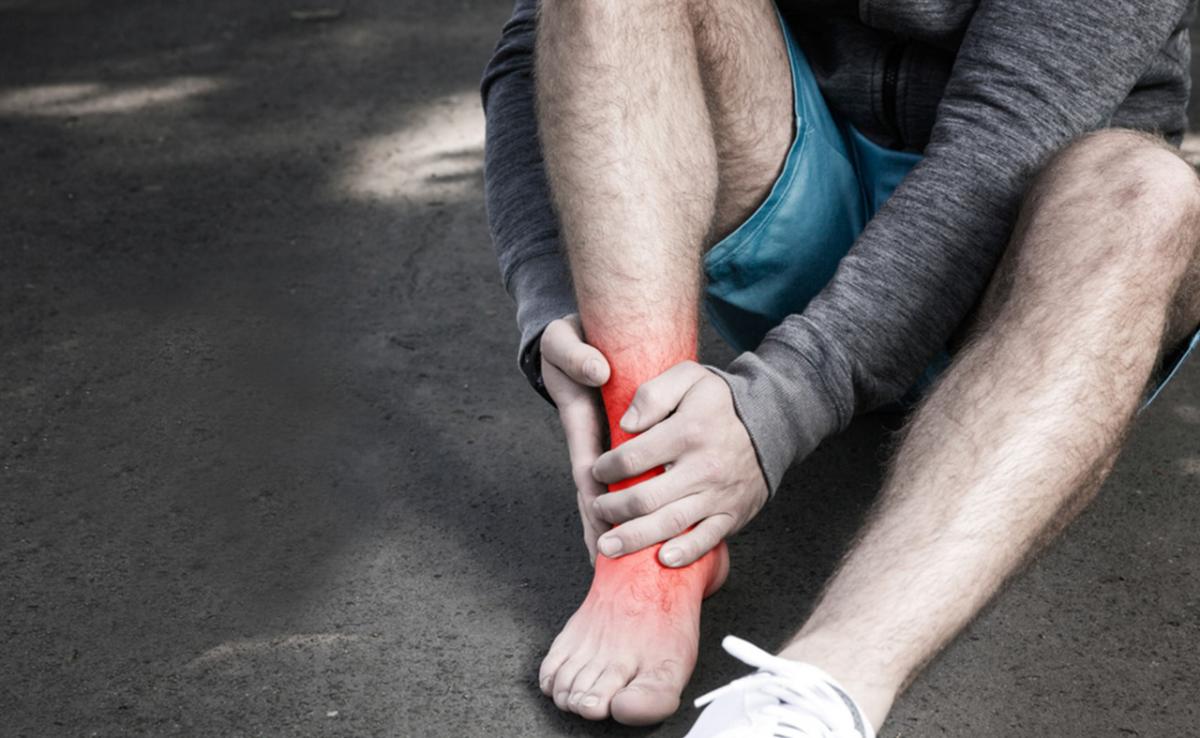Leg swelling: symptoms and causes

Deep vein thrombosis develops when a blood clot is lodged into a vein in the leg and results in the following symptoms:
- Tenderness
- Pain in the leg
- Leg swelling accompanied with redness and heat at the site of the affected vein
The blood clot may travel to the lungs and block the blood flow leading to pulmonary embolism. A pulmonary embolism can be life-threatening and urgent medical intervention is essential in ensuring treatment and can greatly reduce the risk of death. Symptoms of pulmonary embolism include:
- Cough
- Chest pain
- Excessive sweating
- Shortness of breath
- Leg pain or swelling
- Rapid or irregular heartbeat
- Dizziness or lightheadedness
Venous insufficiency: it occurs when the functional capacity of the veins in the leg deteriorates, so the blood doesn't flow back to the heart properly, leading to varicose veins and leg swelling.
Lymphedema: it develops due to functional defects in the lymph nodes, resulting in leg swelling and fluid retention in the lower limb.
Other conditions include congestive heart failure, renal and hepatic dysfunction.